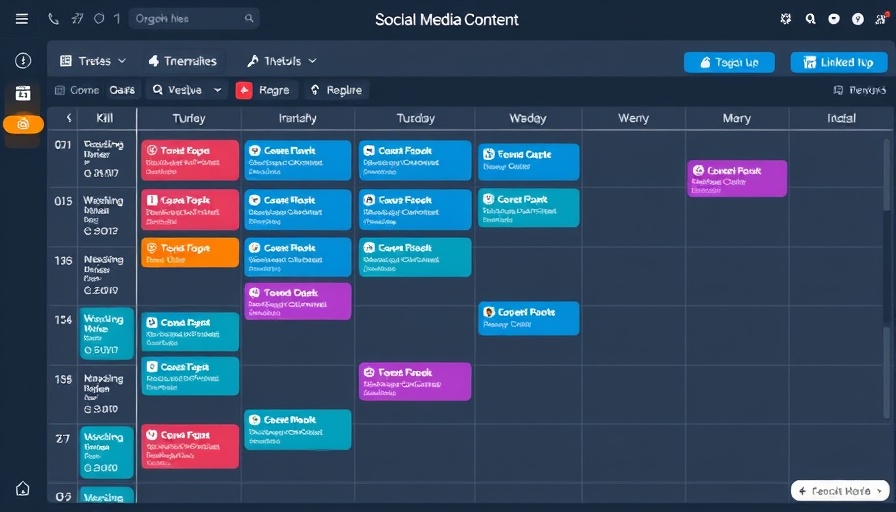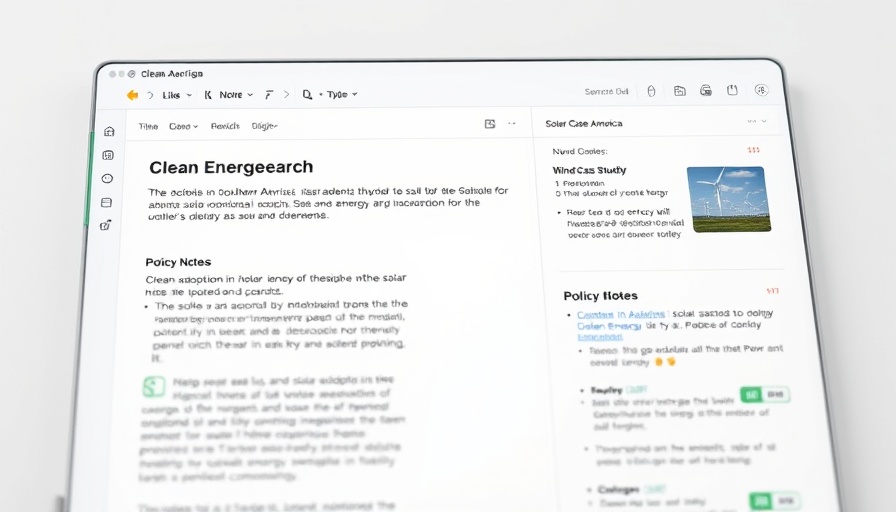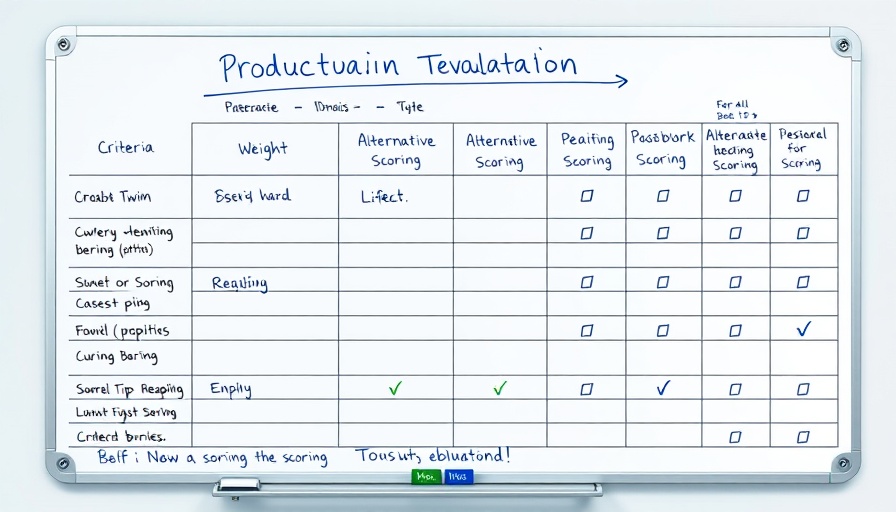
Master Your LinkedIn Strategy with Effective Content Calendars
For business owners generating between $2 million to $10 million annually, navigating the vast landscape of LinkedIn can be daunting. As you actively work on scaling operations and building your operational infrastructure, how can you ensure that your LinkedIn presence effectively supports your growth strategy? The answer lies in leveraging effective content calendars. Whether you are seeking funding or looking to enhance your brand visibility, a well-structured content calendar can create coherence in your messaging and significantly improve your engagement rates on LinkedIn.
Why Content Calendars Matter for Business Growth
A content calendar is not just a schedule; it’s an essential tool that helps streamline your messaging across various posts. With increasing competition on platforms like LinkedIn, having a strategic overview can be the difference between being noticed and going unnoticed. A good content calendar facilitates a consistent posting schedule, aids in strategic planning, and enhances collaboration within your team by integrating various workflows. By clearly defining what content goes where and when, it reduces the chaos that can arise from last-minute posting.
Key Benefits of Using LinkedIn Content Calendars
Here are some unique benefits of incorporating a content calendar into your LinkedIn strategy:
- Enhanced Strategic Planning: With a clear roadmap, you can align your posts with your business goals, ensuring that every piece of content serves a purpose.
- Improved Collaboration: By involving your team in the planning process, everyone is aware of the goals and objectives behind your LinkedIn postings, leading to enhanced teamwork and output.
- Optimization of Resources: Instead of scrambling for content at the last minute, a calendar allows you to plan ahead, ensuring you always have fresh content, reducing overwhelm, and enhancing productivity.
Designing Your Content Calendar: Key Elements to Consider
Creating an effective LinkedIn content calendar involves several key components:
- Identify Your Audience: Tailor content that speaks directly to the needs and interests of your audience. Knowing who you are communicating with is essential.
- Set Clear Objectives: Understand what you want to achieve with each post. Is it to drive engagement, share knowledge, or promote a service? Clear objectives will guide your content choices.
- Include a Variety of Content Types: Don’t just stick to one type of post. Use a mix including promotional content, educational posts, company news, and interactive content to keep your audience engaged.
Tools to Enhance Your Content Planning
While templates for calendars are readily available (such as those provided by ClickUp), complementing these with software tools that manage projects and workflows can lead to more organized and effective strategies. Consider integrating tools like Trello or Asana for collaborative work and progress tracking.
Take Action Now: Implement Your Calendar to Transform Your LinkedIn Presence
With the right tools and a structured approach, you can transform your LinkedIn presence. Start by exploring content calendar templates and adapt them to fit your specific business needs. Evaluate your existing LinkedIn strategy through the lens of your new calendar, and adjust your workflows to optimize performance. A proactive approach now can yield significant returns in visibility and engagement on LinkedIn, helping you attract the funding and operational growth you desire.
 Add Row
Add Row  Add
Add 



Write A Comment